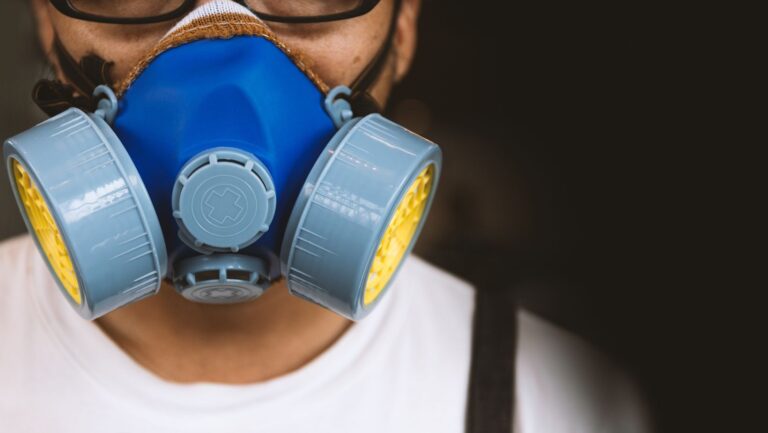Jade Hears a Rattle
As I sat in my cozy living room, engrossed in a thrilling book, a sudden sound jolted me out of my reverie. It was a distinct rattle, echoing through the air. Curiosity piqued, I followed the sound, my heart pounding in anticipation of what I might discover. Little did I know that this simple rattle would lead me on an extraordinary journey, unraveling secrets and mysteries that would change my life forever.
The rattle seemed to be coming from the attic, hidden away in the depths of my old Victorian house. With every step, the anticipation grew, and I could feel a surge of excitement coursing through my veins. As I climbed the creaky staircase, the rattle grew louder, as if beckoning me to uncover its source. What could possibly be lurking in the attic, waiting to be discovered? I couldn’t resist the allure of the unknown, and with each step, I felt a sense of adventure building within me.
The Mysterious Rattle
As I stood outside the attic door, the sound of the rattle grew louder and more distinct. My curiosity piqued, I couldn’t resist the urge to investigate. With a mixture of apprehension and excitement, I slowly turned the doorknob and entered the dimly lit space.
The attic was filled with a sense of mystery and wonder. Dust particles danced in the sunlight that streamed through the small, dusty windows. As I took my first step, the ancient floorboards creaked beneath me, as if whispering secrets of the past.
I followed the sound of the rattle, letting its melody guide me deeper into the attic. It led me to a stack of old crates and boxes, covered in layers of dust. With trembling hands, I lifted the lid of one of the crates, revealing a trove of forgotten treasures.
Ancient artifacts, gleaming with a sense of history and mystery, greeted my eyes. Gilded statues, delicate pottery, and intricate jewelry lay hidden within the confines of the crate. Each artifact seemed to tell a story, an untold tale waiting to be unraveled.
As I carefully examined the artifacts, I couldn’t help but wonder who owned them and what stories they held. Were they remnants of an ancient civilization? Or perhaps they were heirlooms passed down through generations, carrying with them the hopes and dreams of their predecessors.
Lost in my thoughts, I lost track of time, unaware of the hours that had passed. The attic had opened up a world of wonder, where the past intertwined with the present. The rattle had become my guide, leading me to a treasure trove of history.
But there was still much more to uncover, more tales waiting to be discovered. With a renewed sense of purpose, I embarked on a thrilling quest to uncover the secrets of the past, armed with the rattle as my key. Little did I know that this journey would take me on an extraordinary adventure, filled with surprises and revelations.
And so, with the rattle in hand, I ventured deeper into the attic. The mysteries that awaited me were like hidden gems, waiting to be unearthed. With each step, I felt a surge of excitement, propelling me forward into the unknown. The rattle had become my guide, unlocking the doors to a world of ancient wonders.

Following the Sounds
As I ventured deeper into the attic, the mysterious rattle grew louder. The old wooden floor creaked beneath my feet as I made my way towards the source of the sound. The anticipation coursed through my veins, my curiosity pushing me forward.
The attic was a treasure trove of forgotten memories and neglected relics. Its dimly lit space was filled with dust particles dancing in the sunlight that streamed through a small window. The air was musty, carrying the scent of age and years of neglect. But amidst the silence and the debris, the rattle persisted, beckoning me further.
I followed the sound, carefully stepping over piles of forgotten possessions and avoiding delicate spiderwebs. As I reached the back corner of the attic, my eyes landed on a stack of weathered crates. Covered in layers of dust, these crates seemed untouched for decades.
With trembling hands, I dusted off the top crate and pried open the lid. What lay inside took my breath away. Ancient artifacts, each one with a unique story etched into its very existence. A jade figurine, a brittle parchment, a fragment of a forgotten language. The attic had become a portal to the past, offering glimpses into lives long gone.
Time seemed to stand still as I immersed myself in the history that surrounded me. The weight of centuries pressed upon my shoulders, filling me with a sense of awe and wonder. These artifacts had witnessed moments and events far beyond my imagination, and now, it was my turn to unlock the secrets hidden within.
In that moment, I made a decision. I would embark on a quest to uncover the origins and stories behind these ancient treasures. The rattle that had led me here would be my guide, whispering its secrets as I delved deeper into the attic’s mysteries.
With renewed determination, I closed the lid of the crate and took one last look around the attic. The adventure that awaited me was both thrilling and daunting, but I knew deep in my soul that it was a journey I had to undertake. The attic had become more than just a storage space; it had become a doorway to the past, waiting to be explored. And I, bound by the pull of history, was ready to heed its call.




















